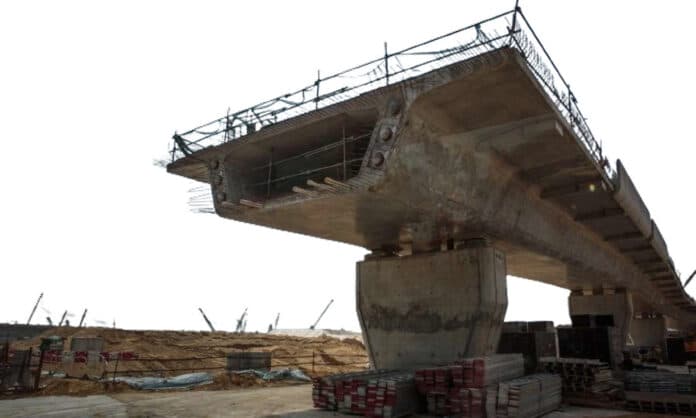Dikang, chinaworker.info
80 percent of China’s local government finance vehicles (LGFVs) can no longer meet their bond repayments. The LGFVs are entities owned by local governments that were set up at the time of the global financial crisis in 2008. Their role was to channel vast sums of debt-financed investment into infrastructure schemes while keeping this “off the books”. That way, the ballooning debts of local governments were largely hidden. The IMF says the combined debt of the LGFVs is now 66 trillion yuan (US$9 trillion), which is 50 percent of GDP. Eventually this debt will have to be written off. It will never be repaid.
Bank failures
More and more local governments are “zombified”: they are forced to carry out large scale austerity programs, slashing payrolls and services, delaying wages and payments to suppliers, and selling off government-owned assets. Debt repayments now eat up half of local government revenues. In the worst-hit provinces the ratio is much higher. In 2024, Beijing has ordered twelve provinces to axe thousands of infrastructure projects – 1,500 projects in Yunnan alone.
With both the crisis in the property sector and local governments worsening, the next weak link that threatens to snap is the financial system. Rhodium Group, a US company, estimates that LGFV loans make up 20-25 percent of total bank loans in China. The CCP regime, true to form, is engaging in a massive cover up to hide this data, which would likely trigger a full-scale financial panic.
We have already seen the failure of several regional banks, with CCP authorities instigating bailouts by the bigger banks. As the crisis worsens, the biggest banks – all nominally controlled by the dictatorship – are pushing back against these edicts and instead reducing their loan exposure to small and medium-sized banks. The smaller dominos will topple first.
This is happening especially in badly-hit regions such as Henan, Inner Mongolia and Liaoning, where the property crisis is most severe, causing multiple regional bank collapses.
‘Japanification’
The Chinese economy has entered a long-term depressionary phase: snail-like GDP growth, overproduction and weak demand causing deflation, and multiple debt crises. This is ‘Japanification’. It’s a particular variant of capitalist crisis caused by the gradual collapse of the country’s previous economic growth model, which was based on high levels of credit-driven and speculative investment in housing and infrastructure.
Housing was too expensive for ordinary people and instead was primarily an object of financial speculation. Much infrastructure construction was completely unnecessary from a societal perspective and financially wasteful. The world’s biggest property bubble was driven by highly-leveraged developers like Evergrande and Country Garden making risky bets to meet demand mainly from a strata of property “investors”. More than two of every three houses sold at the peak, before the 2021 crash, were not purchased for living in.
To eliminate competition with the private housing market, that might restrain skyrocketing prices, local governments deliberately stunted the social housing sector. About 38 million people, less than 3 percent of China’s population, live in public rental housing. This compares with 17 percent in Britain. So, China’s “communist” rulers out-Thatchered Margaret Thatcher, who pioneered the privatization of Britain’s public housing stock.
Much of the “dazzling” infrastructure built with LGFV debt consists of vanity projects of limited or no value for the masses. Guizhou spent billions of yuan on ski resorts, which in a typical year only get one month of snow. Seventy percent of highway projects and 90 percent of railway projects overshot their budgets. A study in 2016 revealed that two thirds of transportation projects never reached their projected traffic volumes. Only a tiny minority use the renowned high-speed rail system, which is of little practical value to a farmer or factory worker.




